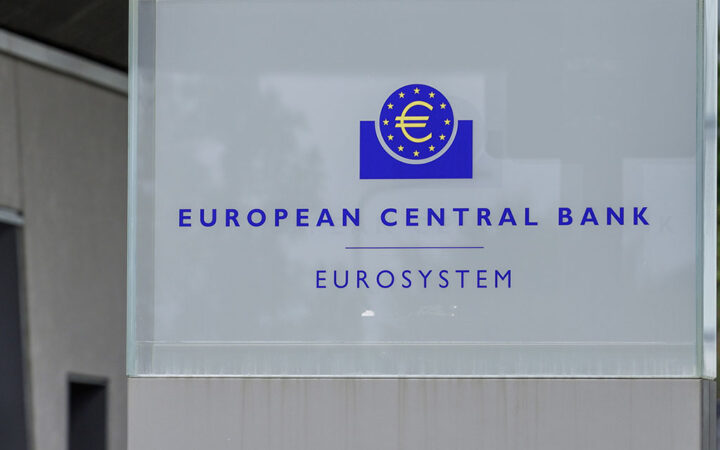
Ibukun is a crypto/finance writer interested in passing relevant information, using non-complex words to reach all kinds of audience. Apart from writing, she likes to see movies, cook, and explore restaurants in the city of Lagos, where she resides.
The IMF explained that CBDCs design is complicated by Islamic law prohibiting usury and speculation.
 Edited by Julia Sakovich
Updated
3 mins read
Edited by Julia Sakovich
Updated
3 mins read

The International Monetary Fund (IMF) has examined the central bank digital currencies (CBDCs) design and found some risks in the context of Islamic banking. Following the IMF study, results showed that the liquidity of CBDCs and foreign exchange would work differently from Islamic law, against expectations.
Notably, Iran and Sudan are the only two countries that fully operate Islamic banking systems. However, the financial system is present in 34 countries and systematically plays a crucial role in 15 jurisdictions. The Islamic financial system accounts for less than 2% of global finance. In addition to the two countries that wholly practice Islamic banking, eight others are currently exploring the CBDC option.
While many countries are still working on developing their own CBDCs, others have started testing and distributing them to citizens. El -Salvador became the first country to announce its central bank digital currency as a legal tender. The IMF paper emphasized the advantages of CBDCs if well designed. On the other hand, the central bank digital currencies also have adverse macroeconomic consequences if poorly designed. The financial agency added that there are fewer in-depth studies on the monetary policy impacts of CBDC. Rather, the attention has been on its body of literature.
In the paper, the IMF explained that CBDCs do not change the objectives of monetary policy or its operational framework. The international financial institution summarized:
“CBDCs can, however, induce changes in the retail, wholesale and cross border payments that have negative spillover effects on monetary policy, through their effects on money velocity, bank deposit disintermediation, volatility of bank reserves, currency substitution, and capital flows. Countries most vulnerable are those with banking systems dominated by small retail deposits and demand deposits, low levels of digital payments and weak macro fundamentals.”
The IMF explained that CBDCs design is complicated by Islamic law prohibiting usury and speculation. The group highlighted that “interbank market, secondary market financial instruments, central bank discount winder and Lender of Last Resort (LOLR)” are conventional mechanisms of liquidity management based on interests and are not legitimate for Islamic banks.
Furthermore, the United Nations’ financial agency mentioned the ability of Islamic banks to access interest-bearing liquidity facilities due to sharia restrictions. These same facilities are generally acceptable to conventional banks. While speculations are that CBDCs cannot be used for foreign exchange derivatives transactions, the IMF stated that:
“Meanwhile, Islamic liquidity management instruments (ILMI) continue to develop slowly due to unsupportive regulations, sharia-compliance complexities, limited standardization, the small number of Islamic banks and the underdeveloped financial sector in many of the countries.”
Read other crypto news on our website.
Disclaimer: Coinspeaker is committed to providing unbiased and transparent reporting. This article aims to deliver accurate and timely information but should not be taken as financial or investment advice. Since market conditions can change rapidly, we encourage you to verify information on your own and consult with a professional before making any decisions based on this content.

Ibukun is a crypto/finance writer interested in passing relevant information, using non-complex words to reach all kinds of audience. Apart from writing, she likes to see movies, cook, and explore restaurants in the city of Lagos, where she resides.





